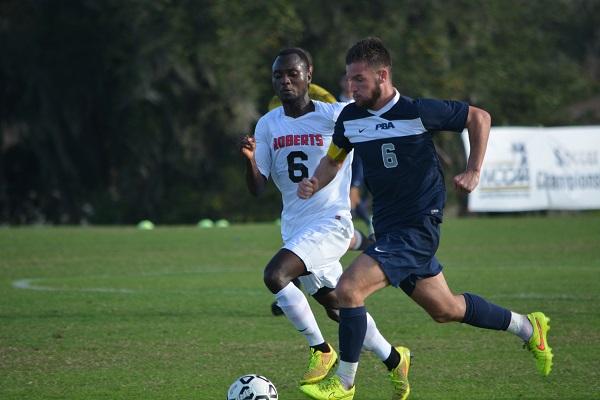
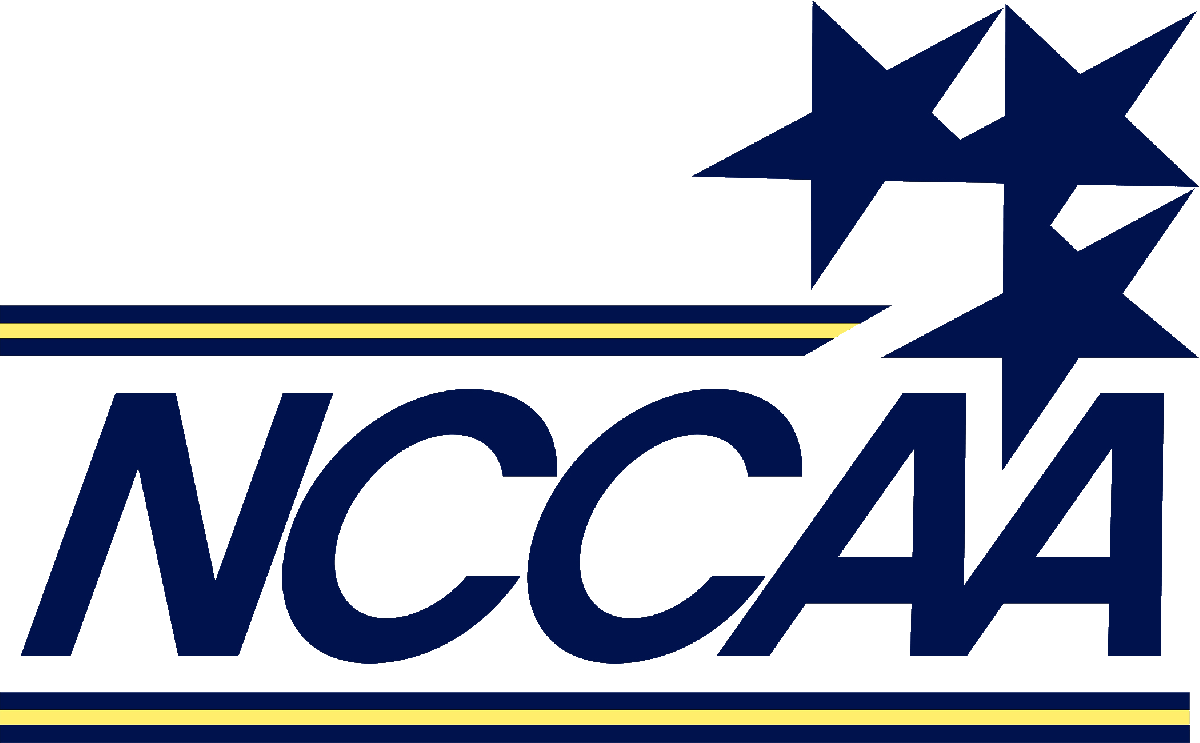 www.thenccaa.org
www.thenccaa.org
The National Christian College Athletic Association is an intercollegiate athletic association serving Christian colleges and universities in North America. It conducts 25 national championships. The association's sports for men are baseball, basketball (Divs. I and II), cross country (Divs. I and II), football, golf, tennis, soccer (Divs. I and II) and track & field (indoor/outdoor). Women's sports are basketball (Divs. I and II), cross country (Divs. I and II), golf, soccer (Divs. I and II), softball, tennis, volleyball (Divs I and II) and track & field (indoor/outdoor). The Victory Bowl is the organization's football bowl game between NCCAA teams that did not qualify for either NCAA or NAIA playoffs.
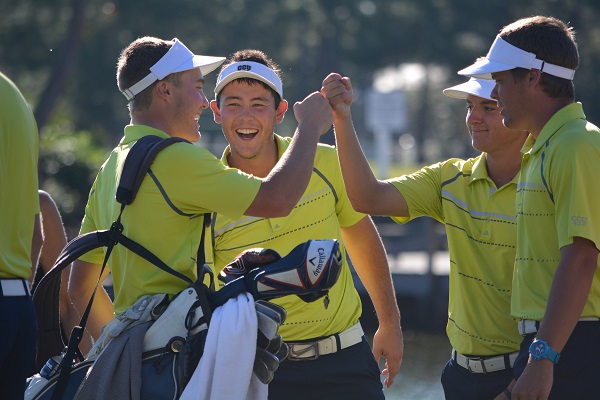 Sports Destination Management: How many member colleges are there in NCCAA?
Sports Destination Management: How many member colleges are there in NCCAA?
Dan Wood: Presently, there are 103 institutions holding membership in NCCAA. It doesn’t fluctuate a lot, but each institution holds a one-year membership.
SDM: Are there any misconceptions people have about NCCAA?
Wood: The biggest misconception is about the level of play. I think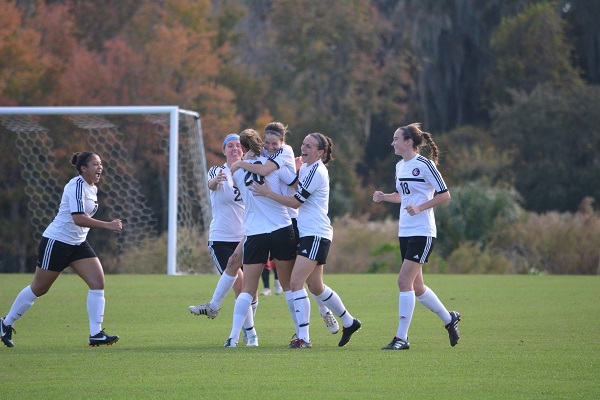 the skill of our student-athletes usually stuns people. They think, ‘Oh, that’s the Christian group,’ and they aren’t prepared. Our student-athletes are in many cases like those you’ll find in the NCAA and the NAIA. Every year, we’ll see NCCAA teams beating NCAA teams in some sports.
the skill of our student-athletes usually stuns people. They think, ‘Oh, that’s the Christian group,’ and they aren’t prepared. Our student-athletes are in many cases like those you’ll find in the NCAA and the NAIA. Every year, we’ll see NCCAA teams beating NCAA teams in some sports.
SDM: There are a number of sports. Do they all have championships?
Wood: Over the year, championships were discontinued in some sports. Two men’s sports, wrestling and volleyball, were discontinued because of a lack of participation. It’s hard to call something a national championship if you have less than 20 schools participating. We recently combined two divisions into one for our baseball as well. That does lead to some David and Goliath competitions, but when the numbers in a division are getting too small, you need to do something.
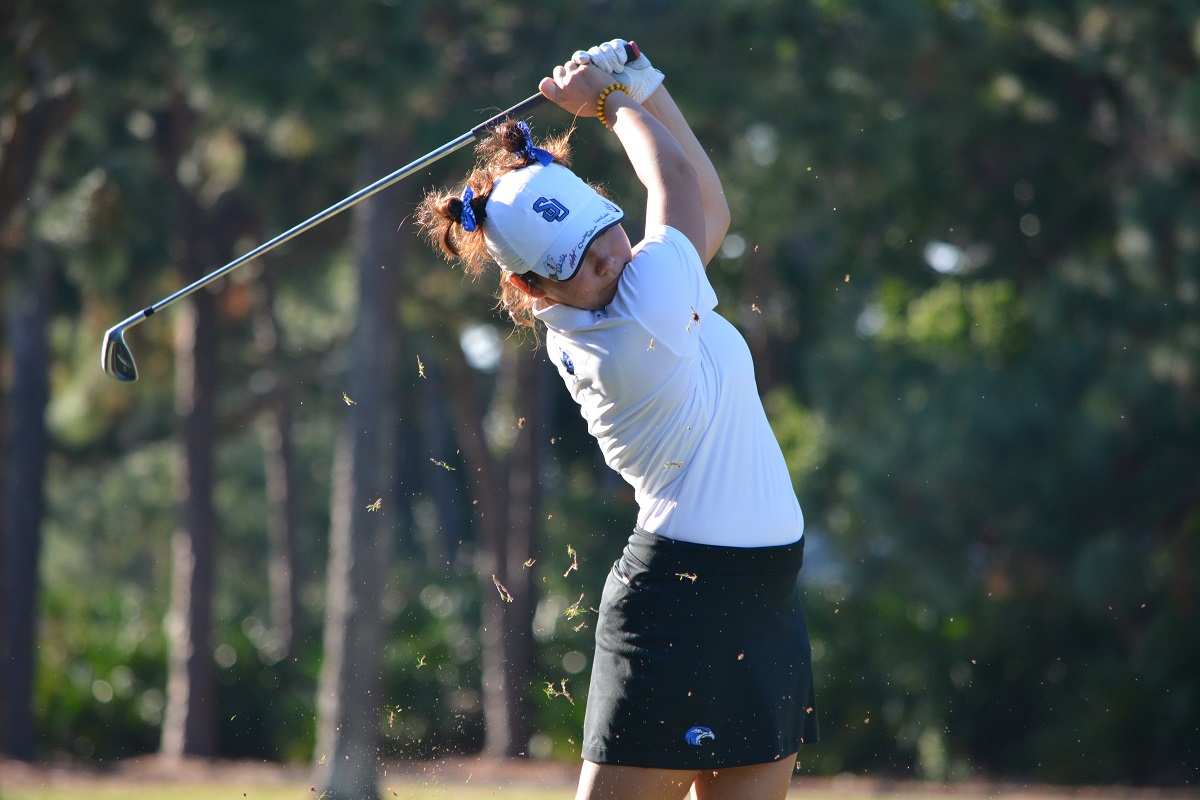 SDM: What sports are growing? Are there emerging sports that NCCAA is tracking?
SDM: What sports are growing? Are there emerging sports that NCCAA is tracking?
Wood: We do like to keep an eye on emerging sports. Many schools, for example, have clubs for some sports that are not championship sports right now. Within the sports we oversee, we’ve had tremendous growth in women’s tennis and in women’s golf. About six years ago, the NCCAA had 80 to 90 men’s golf programs, but very few women’s programs – in fact, I think we had less than a dozen. We worked to build that up, and now, we have 42 women’s programs. That’s a 300 percent increase over six years, and we’re very thankful for it. Compliance with Title IX is very important to us, and really, small faith-based schools kind of stunk at that for years, but you need to keep working at it.
SDM: How does NCCAA go about selecting championship venues?
Wood: We do a bid process on all our events. Member schools will bid to be the host. Usually, the championship will take place on their campus, but there are also times the college will be a host facility with the community municipal venue hosting the tournament. We have partnered with the convention and visitors bureaus in different cities as well.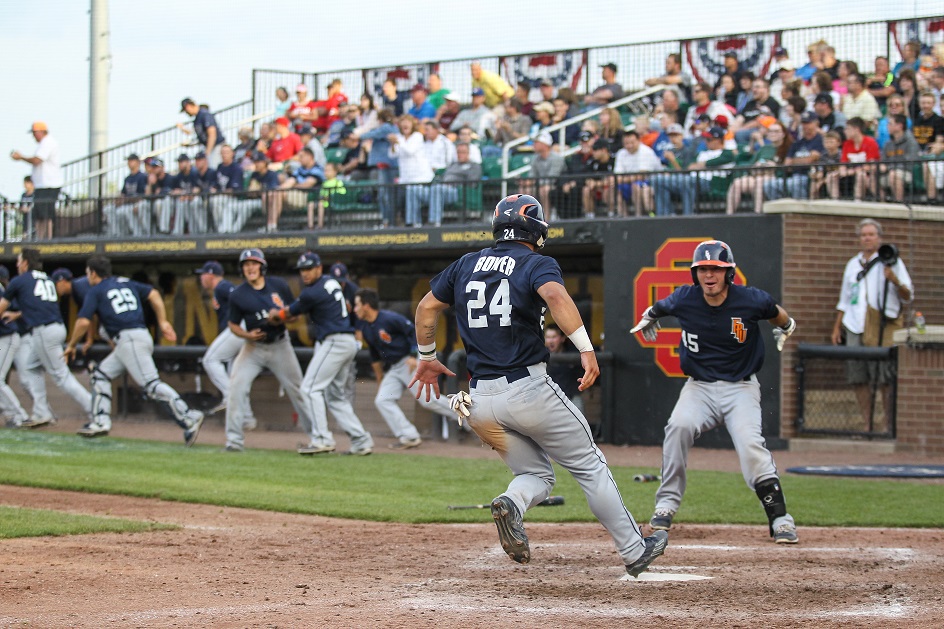
SDM: What are the numbers like?
Wood: We don’t have tens of thousands of turnstiles flipping for our national championships the way, say, the NCAA does with its 10,000 to 100,000 fans coming into a city for March Madness. However, many of our events will bring in 3,000 to 4,000 people – although some will have perhaps 1,500 because of the fan base of the institutions themselves. But what you have to realize is that we’re not a one-and-done tournament. We are in a pool play model or a play-out model where teams are playing for third, fourth, fifth place, etc. That means each person is going to be there for three to four room nights at least. Our teams don’t just lose a game and jump on the bus or the plane home. They’re going to stay in the city longer. When it comes to hospitality, we are an intriguing model.
SDM: A few minutes ago, you mentioned that people have a preconceived notion about the level of play. Do they have one about the colleges or the students as well?
Wood: We have a variety of colleges and types, from happy-clappy to frozen-chosen and everything in between.
SDM: NCCAA asks that its students do community service when they come to town for a tournament.
Wood: We want the kids to learn to do more than compete; we want them to figure that service to the world around you should come first. It’s easy to lose sight of that post-season and say, ‘I’ll get back to that when play-offs are over’ but that’s not what we want. We want kids to think, ‘What would Jesus do?’ Well, He wouldn’t be standing around on a street corner, passing out religious tracts. Our kids have worked in soup kitchens and done landscaping work in the community. In one city, they went around to a low-income community, distributing high-tech light bulbs and changing out the old bulbs in people’s homes if they needed that done.
SDM: Is it hard to schedule that around a tournament?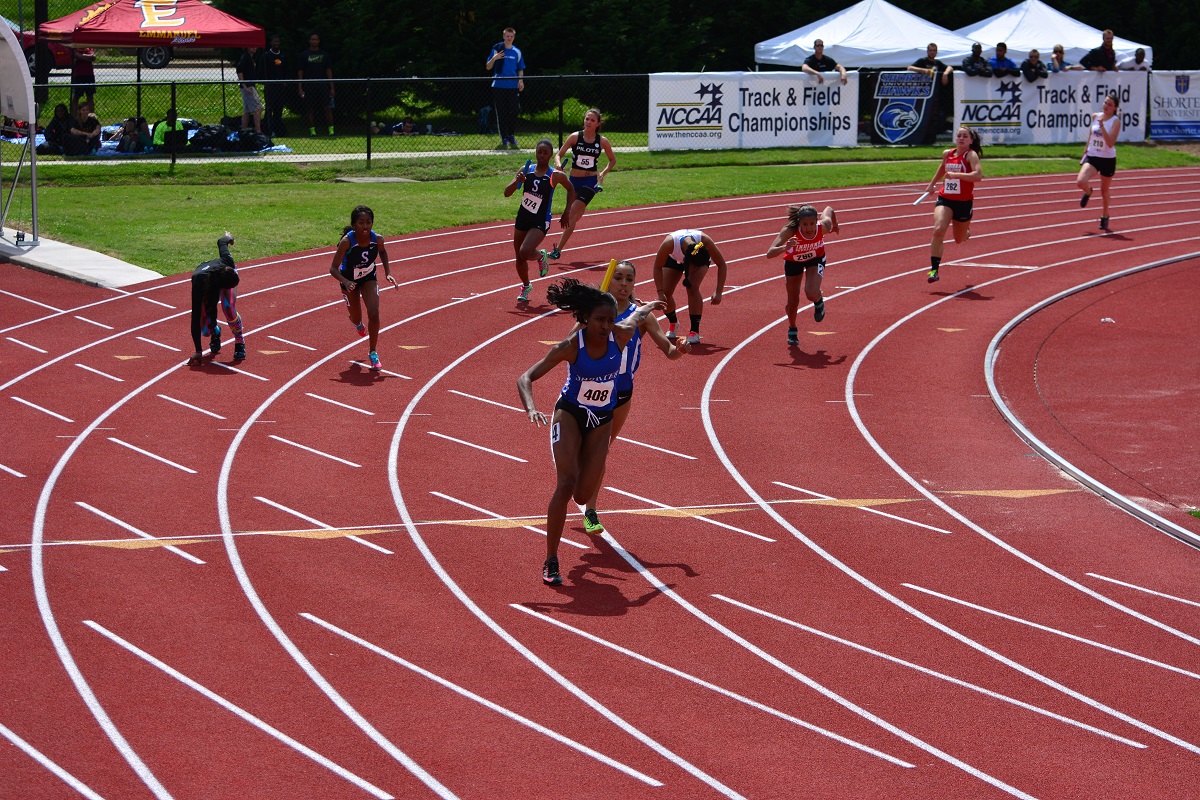
Wood: It can be logistically tough to figure out a student service project that fits in with the schedule of a sports event, but we think it’s important enough for students to take that time. Sometimes, they can do toy drives or food drives or cash donation drives at the gate to a championship event, but it depends on what the community need is. The host school will help decide that. Sometimes, students will work in a nursing home serving dinner and playing bingo and hanging out with the residents. For us, it’s just as important as competing. It’s what we call out-of-the-classroom education.

